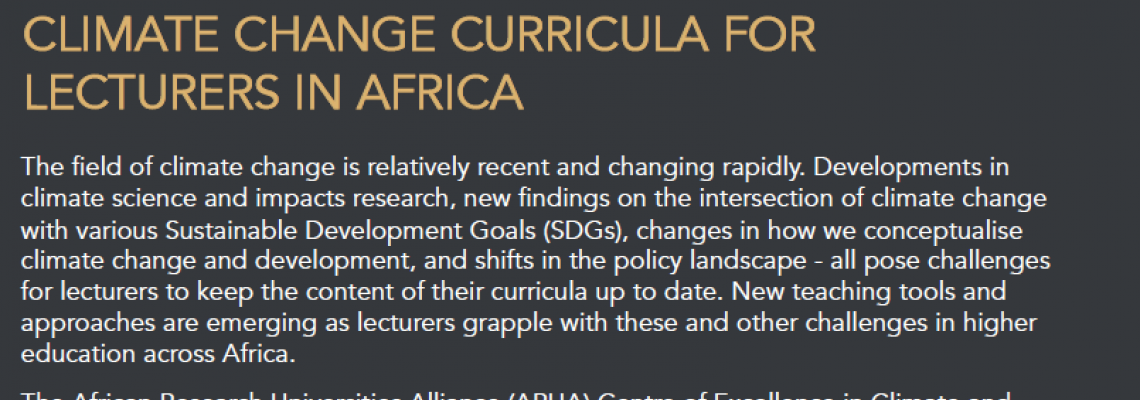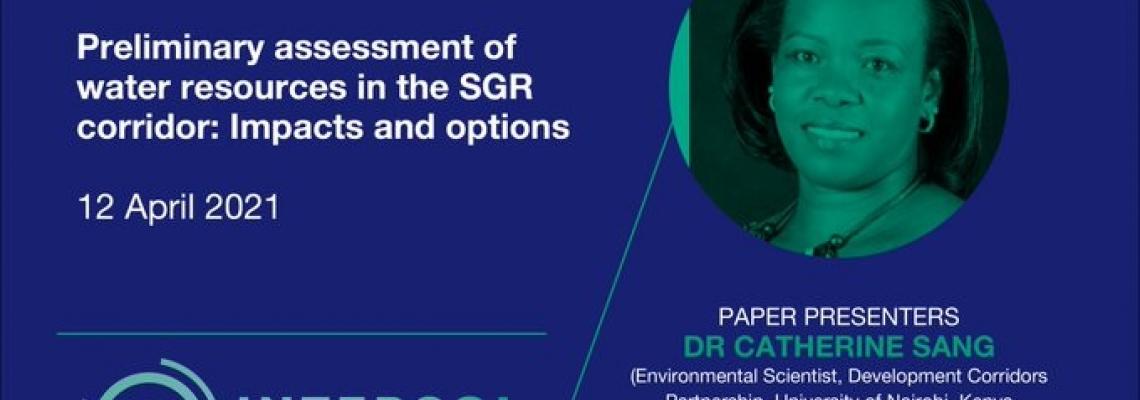The advent of anthropogenic global warming and widespread modification of the climate, landscape and environment has brought humans to the fore as a formidable force of nature. The terrestrial and aquatic environment of the East African region is sensitive to a variety of global, regional and local stresses. The geological materials along East Africa coasts, lakes and peats are excellent archives of environmental and climatic changes. The study of their sedimentary records has contributed to our understanding of global environmental and ecosystem changes induced by anthropogenic activities associated with the “Anthropocene”, the proposed new geological epoch in Earth history. Humans have occupied East Africa for thousands of years, but until about 300 years ago, their impact on the environment was localized and transitory. The impacts intensified during the 19th century due to rapid population growth and extension and intensification of agriculture that was largely driven by colonists; during this period, the overprinting of natural environmental changes by humans is clear, marked by significant changes in sedimentation, sediment properties, and lake water quality as a consequence of land and water degradation and overexploitation of terrestrial and aquatic ecosystem goods and services. Related impacts include changes in terrestrial and aquatic ecosystems and associated biodiversity losses. There have been temporal and spatial lags in the changes, depending on locality, but there is a widespread convergence of these effects from the mid-1900s, support the Anthropocene Working Group's proposed date of 1950 as the start of the Anthropocene.
Link
https://doi.org/10.1016/j.sciaf.2020.e00553








